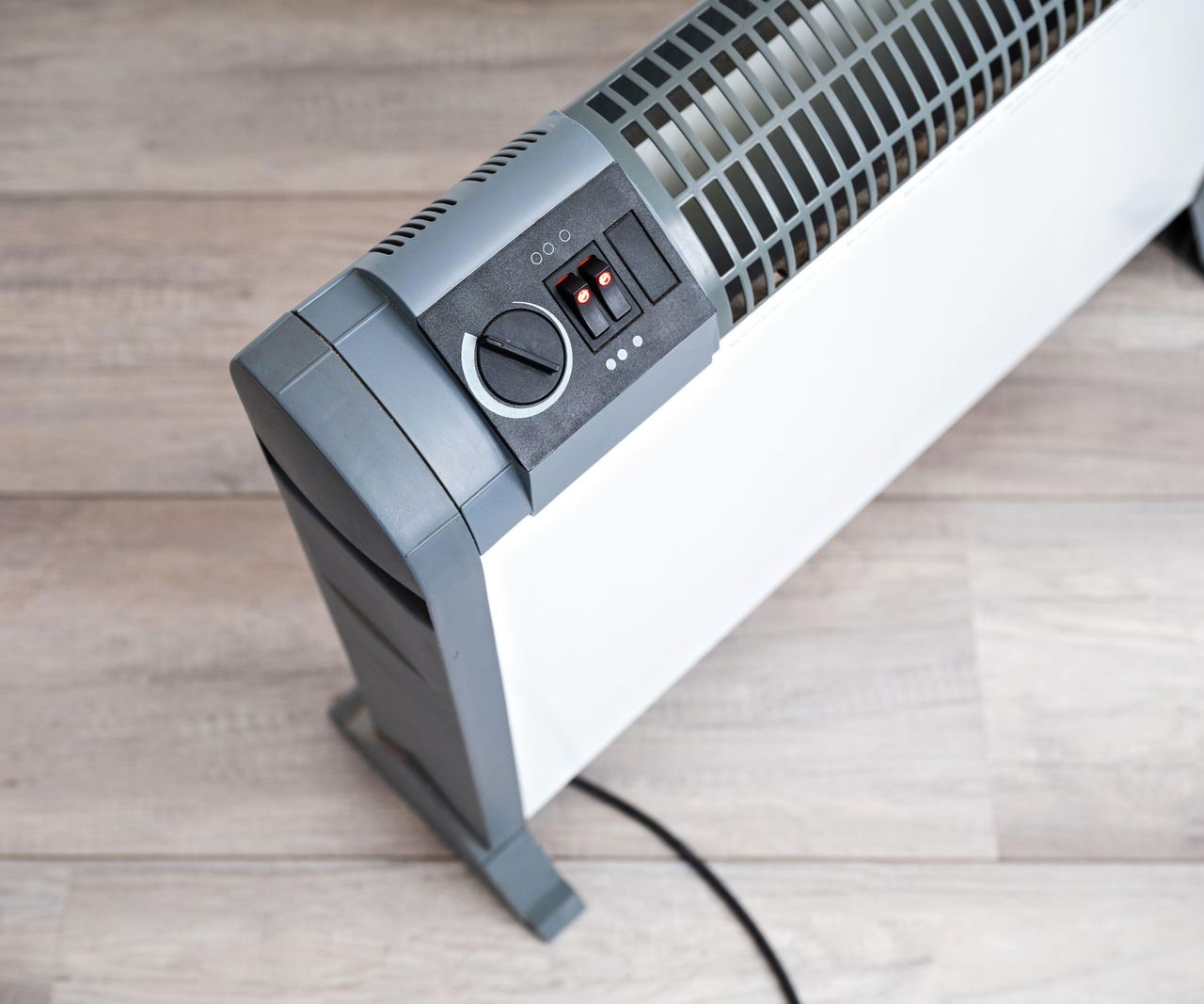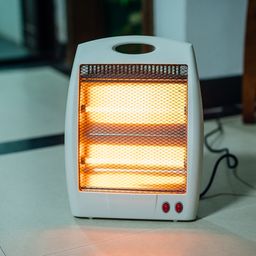The Facts About 1 Source Portable Air Revealed
The Facts About 1 Source Portable Air Revealed
Blog Article
The Best Guide To 1 Source Portable Air
Table of Contents1 Source Portable Air Things To Know Before You BuyTop Guidelines Of 1 Source Portable Air1 Source Portable Air for DummiesThe 1 Source Portable Air StatementsSome Of 1 Source Portable Air
Running costs are based on an electrical energy rate of 40c/kWh. The expenses for 3 months' use in winter months are based on 500 hours utilize, or about 6 hours per day for three months. Optimum warmth result is based upon the maximum electrical power of the models we have actually tested (we concentrate on greater wattage heaters).
This depends on what expense you're considering upfront purchase, or running expense? As typical, there are compromises with either selection. Typically, tiny follower heating systems are more economical to buy, however can have higher running expenses. Oil column heating systems will be the most affordable on the market to run (on average) however only by a slim margin in advance of convection heating systems (like panel and micathermic panels).
The Basic Principles Of 1 Source Portable Air
If you have a relatively easy to fix ceiling fan, it'll aid distribute the warm around the area a lot more uniformly. A number of costly heating systems have actually stopped working to excite our testers, while some cheaper models make for surprisingly great buys.
As the name suggests, they emit warmth from a red-hot home heating component (so the family members will have to take turns resting in front of it). Radiant heating units are relatively inexpensive.
The fairly subjected burner can be a fire and safety and security risk. An item of clothing dropped over it may spark, or small kids playing around a floor model might melt themselves, so be cautious. Radiant heating systems generally set you back in between $20 and $200. Oil-filled column heaters do not actually melt oil they make use of electrical power to heat the oil that's secured inside their columns or 'fins'.
Our 1 Source Portable Air Statements
Some column heating units aren't even oil-filled but rather use various other product or home heating innovation to function the same way - 1 Source Portable Air. The danger of fire with an oil column heating system is low contrasted to other heating find here system kinds, yet never absolutely no. Oil heating units do not have exposed aspects like glowing heating systems do, and their surface temperature is reduced than many various other heating unit kinds (their big area makes up for it)
Oil column heaters will not explode, and while they don't shed their oil to generate heat, it's still combustible, so there is a fire threat if the oil leaks, if the heater topple and leaks, or if combustible things or material come right into contact or drop on the heater. You ought to exercise the very same level of caution with oil heaters as for other heating system types, and never hang towels or clothing over one to completely dry them use a drying out shelf rather, a minimum of one metre away.
Column heaters are specifically useful in spaces where they'll be activated for lengthy periods of time or where they'll operate ignored, such as over night in a bedroom. The surfaces you're most likely to touch on a column heater don't get as warm as other sorts of electrical heaters. You can use a ceiling fan on very reduced rate to aid the column heating unit to disperse the warmth faster and much more uniformly.
If there's very little air motion (for example, if you're sitting reading or seeing TV), the warmth may not be dispersed evenly. Oil-filled column heating units generally cost between $50 and $450. Convection and panel heaters draw cool air over an electric burner. important link The heated air then leaves the heater and increases towards the ceiling, while cooler air relocate to replace it.
7 Simple Techniques For 1 Source Portable Air

Convection and panel heating units are much more portable than their oil-filled column heater counterparts due to the fact that they're dramatically lighter. They'll heat the air in a space uniformly and quickly. Like a column heating system, you can utilize a ceiling fan on really low rate to distribute the warmth much faster and a lot more equally. Some models, particularly panel heaters, are somewhat expensive to purchase.

Facts About 1 Source Portable Air Uncovered
Fan heating units are commonly smaller sized and more portable than other electric heating systems. They additionally are available in the type of tower fan heating units, which can be better for distributing heat around larger spaces as a result of their taller account. They can heat the air in a room much more swiftly, uniformly and rapidly than a few other heating unit types.
Follower heating units (ceramic or otherwise) normally cost between $60 and $900. Ceramic follower heating units aren't necessarily any different in price to non-ceramic models.
Report this page